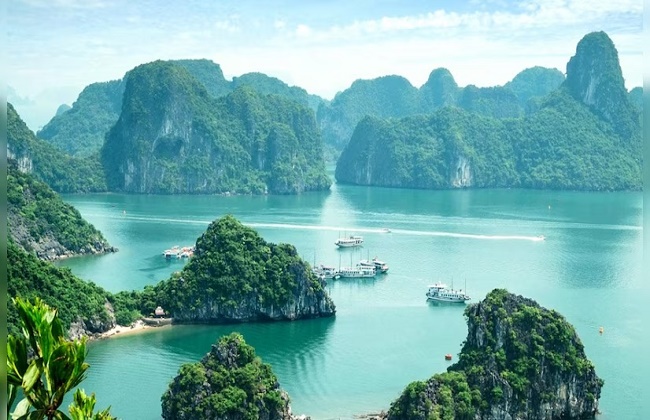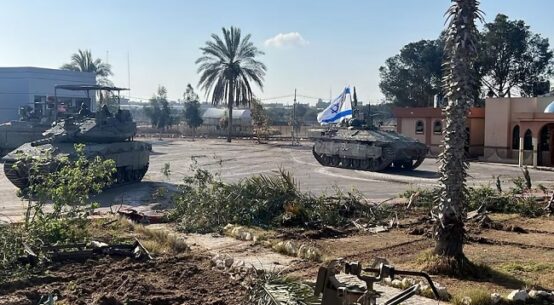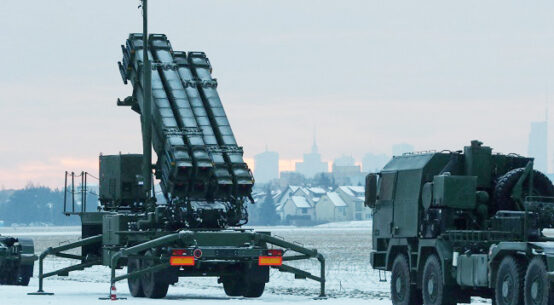
The death toll in Vietnam from Typhoon Yagi and subsequent heavy rain that triggered floods and landslides climbed to 87 on Tuesday, with 70 people missing and hundreds injured, state media said.
Typhoon Yagi was the strongest typhoon to hit Vietnam in decades when it made landfall Saturday with winds of up to 149 kph (92 mph). It killed nine people and then weakened Sunday, but continuing downpours triggered floods and landslides.
Vietnamese state broadcaster VTV reported that 87 people have died and 70 remain missing. Most of the deaths were caused by flooding and landslides, it said.
Water levels of Thao river in Lao Cai and Yen Bai provinces on early Tuesday morning surpassed the historic records in 1968 and 2008 by one meter, local media reported.
Capital Hanoi witnessed rising river water of Bui and Cau rivers at level 3 – the highest warning level.
Rising water levels of the Red river in Hanoi have flooded many inner city areas since Monday night, Vietnam News Agency reported.
Vietnamese Prime Minister Pham Minh Chinh decided to allocate 100 billion Vietnamese dong (some 4 million U.S. dollars) from the 2024 central budget reserve to support five typhoon-hit provinces.
Severe floods are expected to inundate parts of Vietnam’s north, including the capital Hanoi, government officials said, as the aftermath of typhoon Yagi, the most powerful storm to hit Asia so far this year, continues to extract a deadly toll.
Landslides and floods triggered by the typhoon have killed at least 65 people and 39 others are missing in the north, the disaster management agency said on Tuesday in its latest update on the situation.
Most of the victims were killed in landslides and flash floods, the agency said in a report, adding that 752 people have been injured.
Other northern areas, including the industrial hubs of Bac Giang and Thai Nguyen which host factories of several export-oriented multinationals including Samsung Electronics and Apple supplier Foxconn are also facing severe flooding, state media reported. It was not immediately clear if the companies were affected.
The typhoon made landfall on Saturday on Vietnam’s northeastern coast, devastating a large swath of industrial and residential areas and bringing heavy rains that caused floods and landslides. It had previously hit the Philippines and the southern Chinese island of Hainan.
Several rivers in northern Vietnam have risen to alarming levels, leaving villages and residential areas inundated, according to the disaster agency and state media.
A 30-year-old bridge over the Red River in the northern province of Phu Tho collapsed on Monday, leaving eight missing, according to a statement from the provincial People’s Committee.
Authorities have subsequently banned or limited traffic on other bridges across the river, including Chuong Duong Bridge, one of the largest in Hanoi, according to state media reports.
“Water levels on the Red River are rising rapidly,” the government said on Tuesday in a post on its Facebook account.
Using public loudspeakers commonly used to broadcast Communist propaganda in the past, officials warned residents of the capital’s riverside Long Bien district to be on alert for possible flooding, and to be ready to evacuate the area.
Flood waters have already inundated villages on the outskirts of Hanoi, state broadcaster VTV reported, and authorities were already evacuating residents from there.
Evacuations were also taking place from flood-prone areas in Bac Giang province, the government said, where the typhoon and floods have caused damage estimated for now to be worth 300 billion dong ($12.1 million).
More than 4,600 soldiers have been deployed in the province to support the evacuation and support flood victims.
Lao Cai province has reported the highest casualties with 19 people killed and 11 missing, mostly in landslides, according to the disaster management agency.
Floods have also inundated 148,600 hectares or almost 7 per cent of rice fields in northern Vietnam and 26,100 hectares of cash crops and damaged nearly 50,000 houses in northern Vietnam, according to the agency.


